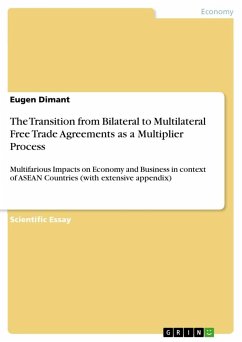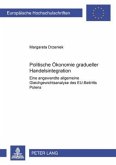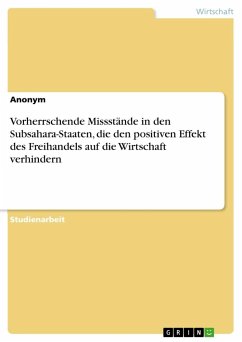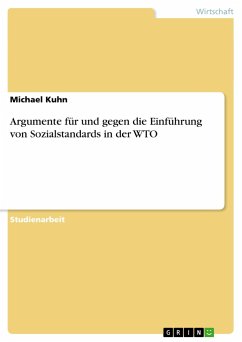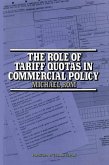Tariff Rate Quotas are an important, though controversial instrument of international agricultural trade policy. They are meant to provide market access, but can be designed to be as restrictive as import quotas. In the political and academic discussion, quota administration is blamed to cause extra inefficiencies. However, little research exists on how different methods of quota administration compare to each other. This question is approached by an econometric model for censored panel data, which was applied to the EU's tariff rate quotas. Furthermore, this work analyses how tariff rate quotas are governed by WTO rules, how they are applied in practice by the EU and US, and how they could be reformed in the ongoing agricultural trade negotiations.
Bitte wählen Sie Ihr Anliegen aus.
Rechnungen
Retourenschein anfordern
Bestellstatus
Storno


